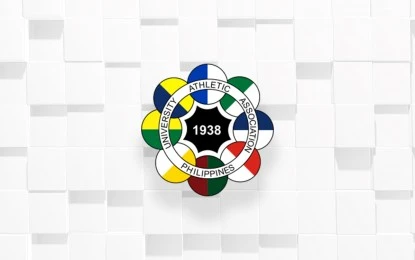Kuala Lumpur, 23 July 2025 – Master ASME PCC-2 repair standards with PetroSync. Enhance safety and compliance in pressure equipment and piping system maintenance.
When dealing with pressure equipment repairs, every detail matters — not just for performance, but for safety and compliance. If Anda pernah berada di posisi menentukan metode perbaikan terbaik di lapangan, maka Anda pasti menyadari pentingnya standar seperti ASME PCC-2. Dalam artikel ini, mari kita bahas apa itu ASME PCC-2 dan bagaimana pelatihan dari PetroSync dapat membantu Anda menguasainya secara praktis.
What Is ASME PCC-2 and Why It’s Crucial
The ASME PCC-2 (Post Construction Committee) is a standard developed by the American Society of Mechanical Engineers that focuses on repairing pressure equipment and piping systems after they’ve been placed into service. It’s widely used in industries like oil & gas, petrochemicals, power generation, and others where safety, reliability, and operational continuity are top priorities.
Unlike design codes, ASME PCC-2 provides practical repair methods — both temporary and permanent — for systems that have experienced degradation, damage, or operational issues. These methods include welding, mechanical clamping, composite wraps, grinding, and more.
Knowing the code inside and out helps ensure that repairs are performed in a way that maintains equipment integrity and aligns with international standards. That’s why understanding the scope of ASME PCC-2 is vital if Anda berperan sebagai engineer, inspector, atau maintenance manager.
Common Types of Repairs Covered by ASME PCC-2
ASME PCC-2 is structured into multiple articles and appendices that address various repair techniques, such as:
Welded repairs: Including build-up welding or full section replacement.
Mechanical repairs: Like clamps, enclosures, and bolted connections.
Nonmetallic repairs: Such as composite wraps using polymers and fibers.
Surface preparation and inspection procedures.
Each method is described with detailed steps, quality assurance guidelines, and qualifications required — enabling engineers to choose the right approach based on damage severity, service condition, and safety risk.
This standard bridges the gap between field realities and regulatory compliance. If you’re often faced with decisions about whether to replace, weld, or clamp a component — ASME PCC-2 helps you make that decision with confidence.
Key Principles Behind a Successful Repair
You may already know that not all repairs are created equal. In many field cases, how you do the repair is just as important as what you repair. ASME PCC-2 emphasizes several core principles:
Root cause analysis must precede any repair to prevent recurrence.
Qualified personnel must carry out or supervise the repair.
Proper documentation and post-repair inspections are critical.
Code-compliant decisions must be made under time and pressure constraints.
Understanding these principles gives you a structured mindset — not just ticking a box, but delivering repairs that actually extend equipment life and reduce failure risks.
How PetroSync Training Helps You Apply PCC-2 Confidently
Let’s be honest: reading the standard is one thing, but applying it on-site under real pressure is another. That’s where hands-on, scenario-based training becomes essential. PetroSync offers a specialized ASME PCC-2 training course that breaks down the code into practical applications.
Benefits of joining PetroSync’s training:
Learn from industry practitioners with real project experience.
Practice identifying suitable repair methods through case studies.
Understand how to coordinate with inspection, QA/QC, and third parties.
Get updated on code revisions and their implications in the field.
This press release has also been published on VRITIMES




